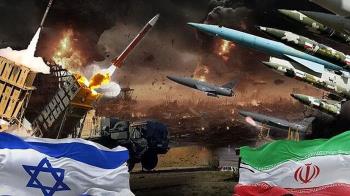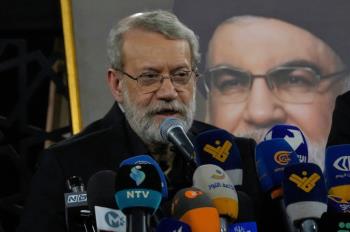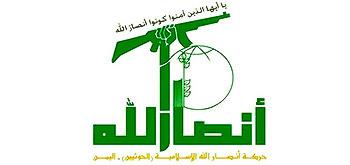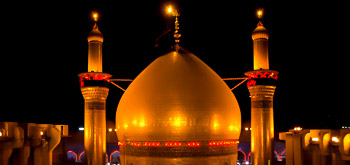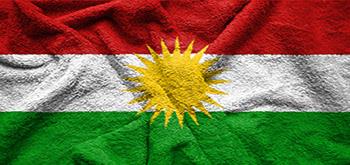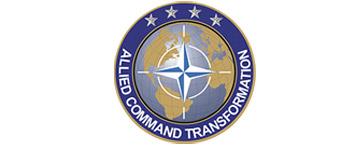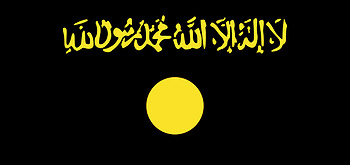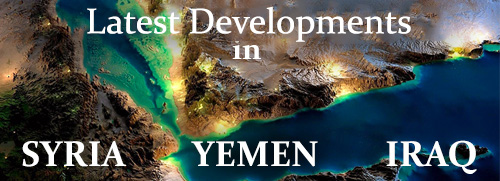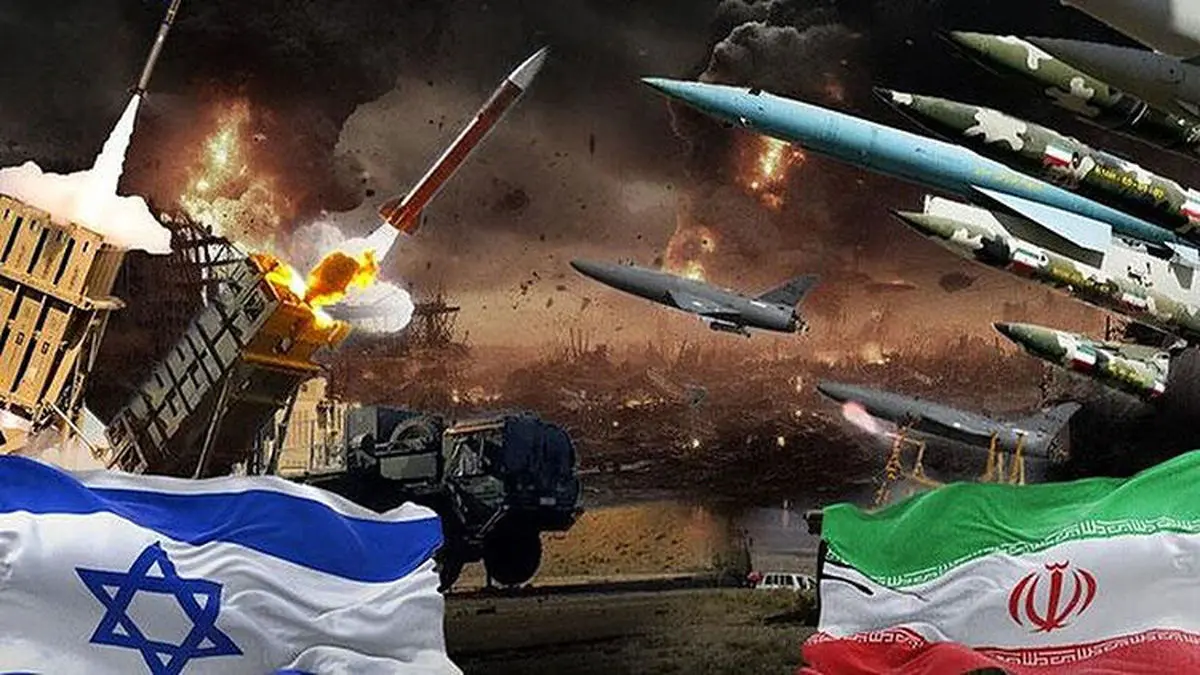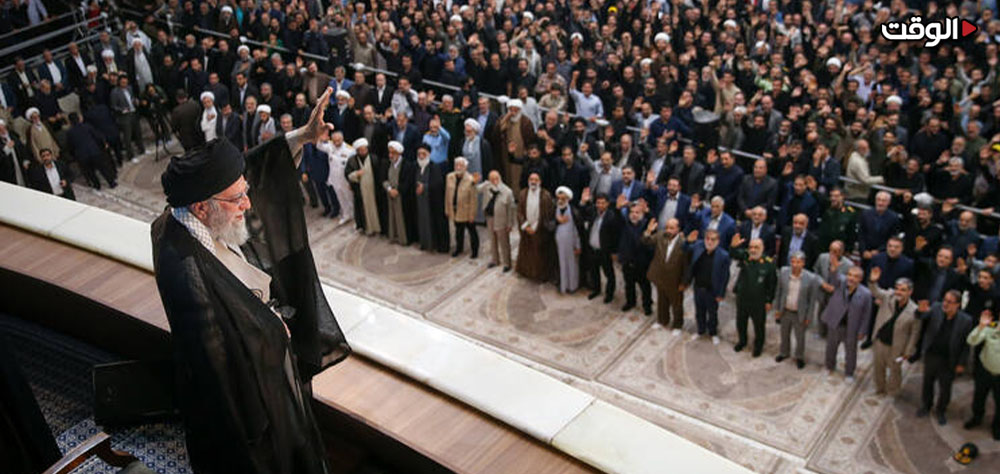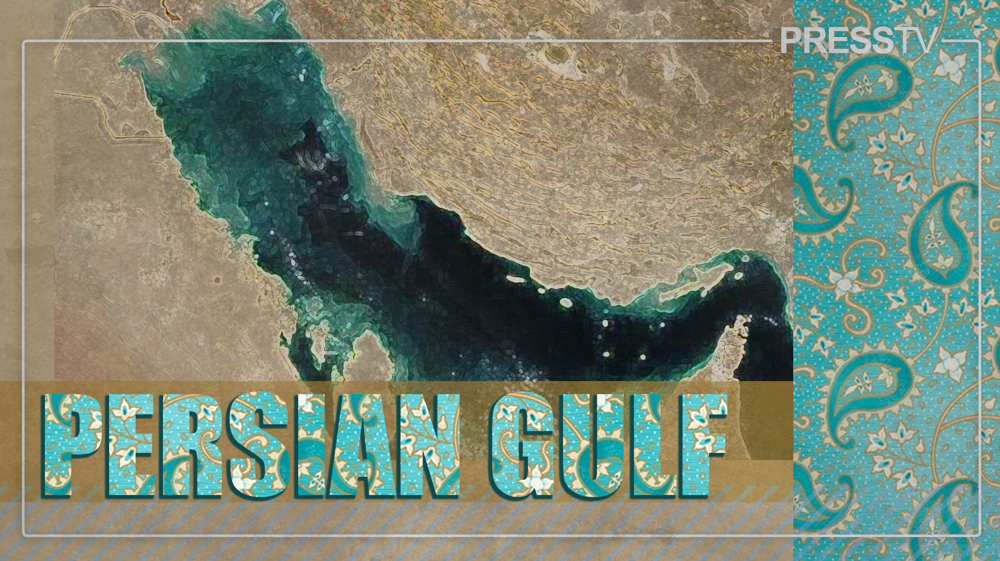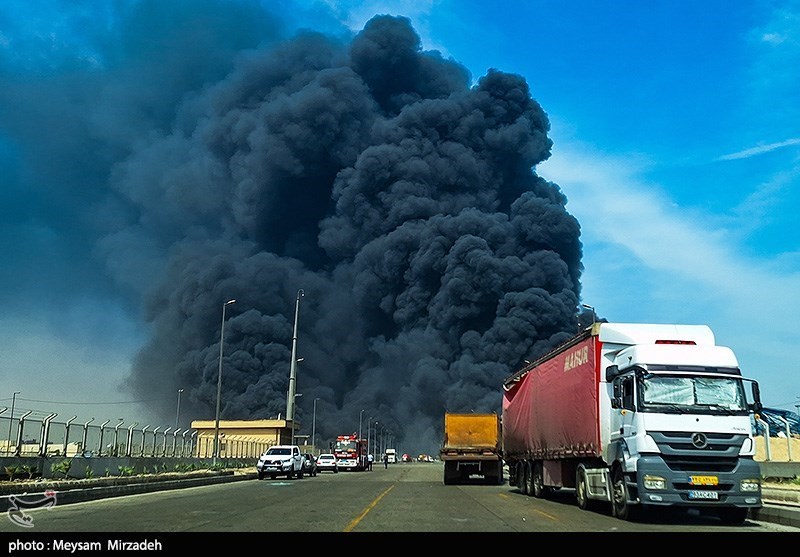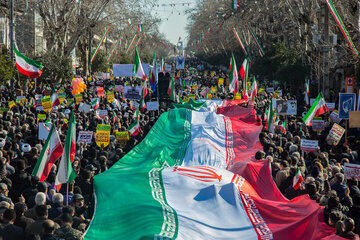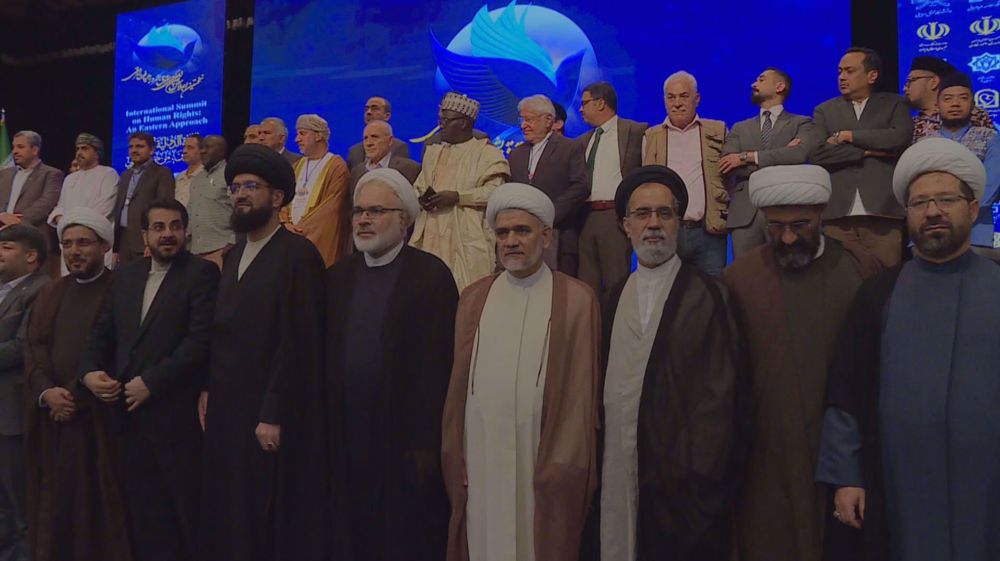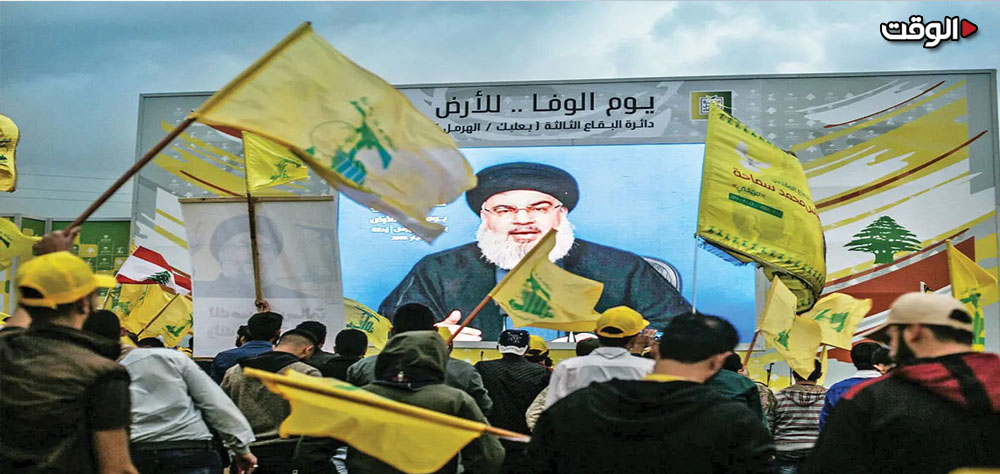Alwaght- The 12-day war between Iran and Israel is not only a military development but also a turning point in the history of conflicts in West Asia. Over the past four decades, the Israeli-Iranian confrontation has largely been indirect and in recent years it has been a combination of cyber operations and confrontations with Israeli of Iran-aligned resistance groups and sometimes Israeli assassination of Iranian nuclear scientists and military commanders. However, this year, this confrontation elevated to an unprecedented level of direct war, signifying a change in the nature and intensity of regional tensions.
The June war was a product of several factors: Western claims about Iran moving closer to building a nuclear bomb, escalation of tensions in the Red Sea, and Israeli concern about shift in the balance of power in the region.
The war erupted on June 13, when Israel assassinated senior Iranian commanders and nuclear scientists and launched airstrikes on key nuclear facilities. The offensive, codenamed “Rising Lion,” aimed to deliver a limited but effective blow to cripple Iran’s nuclear program.
Iran retaliated swiftly, unleashing a massive barrage of missiles and drones targeting Tel Aviv, Haifa, and military infrastructure across the occupied territories. This direct confrontation raged for 12 days, but its shockwaves extended far beyond the region. Global oil prices surged, financial markets gyrated, and world powers scrambled to contain the crisis.
The conflict dominated headlines and became a central focus for Western think tanks and policy analysts. In the weeks that followed, a flood of reports and articles dissected the political, security, and economic ramifications of the direct Tehran-Tel Aviv clash. Experts assessed the war’s regional fallout, its impact on the balance of power in West Asia, and potential consequences for global markets, while modeling future scenarios.
For American think tanks, the war’s significance lay less in its physical destruction or casualty count than in its very nature and model. Many described it as a textbook example of a "short, intense, and controlled conflict"—a pattern that could become the new dominant model for warfare in the region.
Leading US think tanks—including RAND, Brookings, the Institute for the Study of War (ISW), the Center for Strategic and International Studies (CSIS), the Foundation for Defense of Democracies (FDD), the Washington Institute for Near East Policy (WINEP), the Council on Foreign Relations (CFR), the Atlantic Council, Carnegie Endowment, and Hudson Institute—along with several European policy centers, each analyzed the battle from different angles. Some focused on the military strengths and weaknesses of each side, while others highlighted the geopolitical and economic consequences. This array of analyses has now become an invaluable resource for understanding the true dimensions of the 12-day war and the future of regional security.
Breaking the taboos by Tehran and Tel Aviv
Brookings Institution and RAND Corporation reported that Israel, after a precise assessment of the regional landscape and its own defensive capabilities, deliberately designed a limited and calculated strike both to degrade Iran's nuclear program while avoiding a slide into an all-out war.
According to a report by the Center for Strategic and International Studies (CSIS), the operation’s targets were narrow and precise, focusing primarily on centrifuge research and development sites, nuclear facilities, and stockpiles of enriched uranium. The primary goal was to inflict temporary disruption and psychological pressure, slowing Tehran's nuclear progress without provoking a massive, protracted retaliation.
Experts at Brookings emphasized that Israel clearly signaled it was not seeking an immediate political change in Tehran or the complete destruction of Iran's nuclear capabilities. Instead, its focus was on achieving a temporary, tactical deterrent.
From the perspective of the RAND Institute, Israeli planners had evaluated multiple scenarios before launching the attack: a full-scale assault to destroy infrastructure; limited strikes with minimal civilian impact; or diplomatic retreat without military action. The choice of the second scenario, RAND suggests, demonstrates Tel Aviv's acute awareness of the risks of regional and global blowback. The decision was made with intelligence cooperation from the Americans and European allies to maximize operational accuracy and minimize human error.
Simultaneously, the Foundation for Defense of Democracies (FDD) and the Washington Institute for Near East Policy (WINEP) highlighted that the Israeli regime accompanied its airstrikes with a coordinated psychological and media warfare campaign. The public release of footage showing precise targeting of the Iranian facilities and successful interceptions of Iranian retaliatory strikes was part of a broader strategy of psychological deterrence.
This move aimed to send a clear message to Tehran and regional audiences that any further advancement in Iran's nuclear program would be met with a swift and calculated response. Through this strategy of controlled, targeted strikes, Tel Aviv sought to create disruption within Iran's nuclear program while carefully managing the escalation threshold to steer clear of a wider regional war.
The Center for Strategic and International Studies (CSIS) in its analysis concluded: "The 12-day war between Iran and Israel was a strategic event with profound regional and international consequences. In this conflict, both sides broke long-standing taboos: Israel by striking targets deep inside Iranian territory, and Iran by directly attacking the American Al Udeid Air Base in Qatar. Furthermore, CSIS noted, the Israeli attacks have pushed Tehran to recalibrate and redefine its very threshold for response.
Iranian reaction and military strategies
The Iranian reaction to the Israeli regime's attacks were an indicator of its deterrence power and strategy. As the FDD and Rand Corporation analyzed, Tehran since the day one embarked on a multi-layer approach that included firing ballistic missiles, suicide drones, and cyber warfare.
This response to Israeli aggression indicated that Iran not only intends to firmly respond to the Israeli attacks, but also send a clear message to the Israelis and the world powers that any military action will be of considerable costs.
In its report, the FDD highlighted that Iran’s primary focus was on overwhelming Israeli air defense systems. By launching a coordinated salvo of missiles and drones, Tehran attempted to exhaust the Iron Dome and other interception systems.
Tehran’s launch of dozens of medium-range ballistic missiles and suicide drones not only struck military targets within Israel but also sent a powerful psychological shockwave through the Israeli public and leadership. Even the limited number of strikes that hit their mark delivered a significant deterrent message to Israel and global powers: Iran is capable of mounting a effective and costly response to foreign attacks.
The institute also pointed to Iran’s psychological and media warfare campaign. The dissemination of footage showing launched drones and missiles, limited disclosures about domestic damages, and the simultaneous amplification of perceived defensive weaknesses in Israel were all part of a strategy to manage domestic public opinion and exert psychological pressure on the enemy. These tactics ensured that even the war's brief duration had a profound psychological impact on Israeli society.
Also, the use of medium-range ballistic missiles like the Qadr and Sejjil, alongside suicide drones such as the Shahed and Mohajer, demonstrated Iran's ability to pose a tangible threat to Israel's advanced defense systems.
According to the RAND Corporation, Iran retains several strategic options. Although its allied resistance groups in the region have sustained damage, Tehran can still leverage its remaining capacity to some extent. More significantly, Iran possesses a vast arsenal comprising thousands of missiles capable of reaching the occupied territories. In addition to this conventional threat, Iran holds other asymmetric tools, such as cyber-attack capabilities, at its disposal.
Longer war was detrimental to Israelis
The RAND Institute, in its report, pointed to Iran's military capabilities, noting that while continuing the air campaign would have allowed Israel to target a larger portion of Iran's missile force and even its senior leaders, this operational benefit had to be weighed against the potential costs.
Despite targeting a number of Iranian missile launchers, Iranian missiles killed over 30 Israelis, injured more than 3,000, and inflict approximately $3 billion in damages on Tel Aviv.
The Israeli regime, through a combination of skill and luck, managed to avoid losing any pilots over Iranian airspace. However, the report cautioned that had the attacks continued, this luck would eventually have run out, potentially handing Iran a significant tactical victory.
Atlantic Council analysts suggested that despite its successes, Tel Aviv sustained significant blows and casualties from Iran's ballistic missile attacks, which challenged the effectiveness of its air defenses. The institute advises Israeli leaders to seize this moment to secure a final ceasefire and a deal for the release of prisoners in Gaza, suggesting such a move could help steer the region back toward a path of greater convergence.
Transition from shadow war to limited direct war
The Rand Corporation described the 12-day war as a transition from the proxy and shadow wars to a limited direct confrontation. It's analysts believe that during these years, Iran and the Israeli regime have been majorly busy fighting secret wars. Iran was acting through its allies in Lebanon and Yemen and Israel through cyber operations and limited air attacks on Syria and Iraq. But the 12-day war showed that the sides are capable of managing the situation within direct but limited lines and both can carry out at the shortest time precise and intensive attacks.
The institute adds that Israel with precision attacks tried to delay the so-called Iranian nuclear threat. This action, just contrary to the past scenarios, was seen a kind of shift in the deterrence logic. Reciprocally, Iran tried to raise the Israeli costs using precise missile and drone strikes and convey a string psychological message to Tel Aviv and the international community. Rand called this short war a true test of deterrence of the two sides.
How successful were the attacks on nuclear sites?
The effectiveness of Israel's strikes, which aimed to destroy Iran's nuclear facilities, remains a point of debate among Western think tanks. The RAND Institute addressed the vulnerability of Iran's nuclear infrastructure following the attacks, stating that the extent to which Israel has set back Iran's nuclear program hinges on the damage inflicted on Iran's heavily fortified underground sites. A point often overlooked in these discussions, RAND notes, is the critical distinction between enriching uranium and actually constructing a nuclear bomb.
Rand further held that while Iran needed only a few weeks to enrich uranium to weapons-grade levels, the US intelligence community has assessed for decades that Iran was not building a bomb and still required further weapons-related research. The analysis now suggests that Iran has likely altered this calculus and will actively pursue a nuclear weapon.
The Israeli attacks and the escalation of conflict are expected to significantly increase Tehran's motivation to acquire a nuclear weapon. While some nuclear facilities were damaged and several scientists targeted, underground sites remain largely intact, and Iran retains extensive nuclear knowledge.
The Atlantic Council also contends that a crucial question remains unanswered: whether Iran had preemptively moved a significant quantity of highly enriched uranium out of the facilities before they were struck. If so, Iran would need only a few hundred advanced centrifuges and a small stockpile of 60 percent enriched uranium to reach weapons-grade level. Therefore, a long-term diplomatic solution that also addresses any future Iranian nuclear program remains essential. Otherwise, the coming months could see further American or Israeli attacks to prevent the very scenario that sparked this war—Iran crossing the threshold.
Islamic Republic's pillars firm
While Israeli leaders may have thought that assassinating Iran's senior commanders would precipitate the collapse of the Islamic Republic, Western think tanks argue that the most significant outcome of the war has been the survival and consolidation of the Islamic Revolution, which ousted pro-Western monarchy in 1979.
The Center for International and Strategic Studies (CSIS) commented on this issue, saying: "Although 30 commanders and 19 nuclear scientists were killed in the Israeli attacks, prominent religious leaders—who embody the ideals of the Islamic Revolution more than any official or commander—remain. Their survival signals the preservation of the Islamic Republic's essential character, even if its operational capacity has been constrained."
Furthermore, the attacks failed to create serious fractures within the Iranian government's cohesion. No credible alternative program emerged, and no widespread opposition materialized within Iran.
CSIS suggests that the Iranian officials may have unexpectedly benefited from the war as the historical irony of airstrikes is that while they degrade an enemy's capabilities, they can also fortify its resolve. The war ignited a surge of nationalism among the Iranian people, which Tehran's leaders were quick to proclaim as a sign of renewed national unity.
Tactical deterrence and diplomatic implications
The Brookings Institution views the 12-day war between Iran and the occupying Israeli regime as a prime example of "tactical deterrence," where both sides pursued strategic objectives without escalating into an all-out conflict. According to Brookings analysts, Tel Aviv's precise strikes on Iran's nuclear facilities aimed to halt Tehran's nuclear progress and, through psychological pressure, force a reconsideration of its nuclear policies. This approach, emphasizing operational precision and minimizing civilian casualties, signals a shift in Israel's strategy away from traditional, large-scale assaults.
Conversely, Brookings emphasizes that Iran's retaliation was equally calculated. The launch of medium-range missiles and suicide drones, coupled with limited proxy operations, demonstrated Tehran's capability to inflict costs on Israel without exposing itself to an existential threat.
Another critical dimension of Brookings' analysis is the role of diplomacy and international pressure. The US, the EU, and even some Asian powers worked to contain the conflict by issuing immediate warnings and applying political pressure, preventing it from spiraling into a broader regional crisis. Analysts at the think tank argue that without this diplomatic intervention, the war would likely have spread to Lebanon, Syria, and even the Persian Gulf, significantly increasing both economic and human costs.
Brookings analysts conclude that the 12-day war sets a pattern for future confrontations: short, precise conflicts with active crisis management, where both sides leverage military, cyber, and media tools to achieve strategic aims while simultaneously striving to avoid a protracted and devastating war. This experience underscores, more than ever, the critical importance of international diplomacy, intelligence cooperation, and managing psychological impacts.
Assessing performance of American and Israeli air defenses
The CSIS emphasizes that the success of the Israeli regime to counter Iran's missile attacks is the product of years of investment in air defense systems and technical cooperation with the Americans. The CSIS claims Iron Dome, David's Sling, and the Arrow-2 and Arrow-3 systems successfully intercepted over 80 percent of the missiles and drones launched by Iran. This level of defense demonstrates the technical maturity and operational experience of the Israeli military and highlights the crucial role of American support.
Furthermore, the think tank stresses the importance of intelligence coordination between Washington and Tel Aviv, noting that predicting missiles trajectories and identifying Iranian drones would have been nearly impossible without US intelligence data. This cooperation was not only effective in intercepting threats but also allowed Tel Aviv to design a precise and limited response. Consequently, the American-Israeli defense collaboration during the 12-day war has become a potential model for the future of West Asia. Establishing joint intelligence and defense networks could prove effective against future threats, particularly from Iran and its allies in the Axis of Resistance. Without the continuation of this cooperation and the improvement of defense systems, the region's future remains perilous.
However, despite CSIS's assertion of the success of the Tel Aviv-Washington defense systems, some Western think tanks have questioned this analysis. In this regard, The National Interest published an analysis pointing to Iran's missile power and the weaknesses and inefficiencies of the US and Israeli defense systems, stating: "The 12-day war revealed something Washington should have considered long ago: the structure of the US military's air and missile defense is not prepared for a prolonged war with a capable adversary."
The National Interest, arguing that the U.S. military is falling behind and must change course soon, added: "During the 12-day war between Israel and Iran, over 150 THAAD interceptor missiles were fired to counter Iran's more advanced ballistic missiles. This figure is more than three times the annual average purchase of about 40 interceptors from 2010 to the present. At a cost of $15.5 million per interceptor, this path is unsustainable for the armed forces. Even if the Pentagon increases its current orders beyond the meager 12 interceptors in the 2025 budget, it would still take three years from the contract date for the interceptors to be delivered."
Geopolitical consequences and future of the region
Institutes like the Council on Foreign Relations (CFR), Carnegie Endowment for International Peace, and the Atlantic Council have focused on the geopolitical consequences of the Israeli war on Iran, characterizing it as an event with long-term implications for regional and global security.
The CFR stressed that the short but intense conflict had immediate global economic repercussions. The spike in oil prices, disruptions to the energy supply chain, and pressure on world financial markets demonstrated that even a limited war can have economic and political effects far beyond the region. Analysts at the council warned that the continuation of such conflicts without robust deterrent mechanisms could threaten global economic stability and energy security.
Similarly, the Carnegie Endowment for International Peace focused on the diplomatic dimension of the war. The institute believes that the mediation efforts by the US, Europe, and some regional nations were critical in containing the conflict's scope. However, Carnegie cautions that without comprehensive frameworks combining economic pressure and incentives, the likelihood of repeated, costly short-term confrontations in West Asia remains high. Establishing a diplomatic groundwork for indirect talks and de-escalating regional tensions is one of the most crucial lessons to be drawn from this war.
Europe's think tanks speak against Western standing
Though American think tanks under a unilateral approach support the Israeli aggression on Iran, the European think tanks argue that the wrong Western stances have emboldened the Israelis for such an aggression.
The Netherlands-based Clingendael Institute, in a report titled "The EU's reaction to Israel's attack on Iran: Justified, hypocritical, and hollow," has analyzed European countries' support for the Israeli regime's strikes. The institute suggests that European backing for these attacks could weaken their position in future nuclear negotiations with Iran and jeopardize Europe's own security interests in the long term. Furthermore, such support risks increasing regional instability, which directly threatens European interests.
Moreover, key European nations, by aligning with Israel and the US without holding significant leverage over Iran, now lack an effective strategy to prevent nuclear proliferation—including the threat from reimposing Iran sanctions. This is particularly critical at a time when the attacks by Israel and the US have increased the risk of Iran pursuing nuclear weapons development.
Europe, the institute adds, has consistently refused to acknowledge Iran's right to self-defense, even in cases such as the attack on its consulate in Damascus, the assassinations of its scientists, and the recent strikes by Israel and the US, which lack justification under international law. This stands in contrast to European countries' readiness to recognize Israel's right to self-defense even when it is not applicable, while denying the same right to Iran when it legitimately is.
The London-based European Leadership Network (ELN) also stated in a report said that Israel targeted symbols of state power, including Evin Prison and IRIB facilities, aiming to undermine the image of Iran's deterrence. The objective was to frame Iran's weakness against Israeli military capability, hoping to spark domestic protests and reduce the government's legitimacy—an outcome that ultimately failed to materialize.
The think tank also commented on the likely post-war strategies of both sides, writing that Tel Aviv intends to closely monitor Iran's nuclear program to see if Tehran decides to rebuild it. Israeli intelligence will likely focus particular attention on Iran's nuclear sites, especially the key enrichment facilities at Fordow and Natanz. The Isfahan site will also be monitored due to its role in developing the capability to convert enriched uranium into solid metal, which is essential for producing a nuclear weapon.
Also Iran's missile program will continue to be the focus of Israeli intelligence gathering. Reports suggested that the fired missiles were precise and capable of inflicting serious damage. The Israelis will also continue to monitor Iran's missile launchers, which are pivotal to Israeli strike capabilities. While Israeli intelligence remains sharply focused on Iran's nuclear and missile programs, all branches of its military are preparing for a potential next phase of conflict. Any indication that Iran is reconstituting these programs is likely to prompt decision-makers in Tel Aviv to order a new war.
Advices to the US and its allies
A conclusion of the American and European think tanks shows that although the war was short, it left massive military, diplomatic, economic, and psychological consequences.
The CSIS recommended that the US expand its defense and intelligence cooperation with Israel and the Persian Gulf states. Setting up joint intelligence networks, strengthening regional air defense systems, and improving crisis management capabilities could prevent the escalation of conflicts and enhance deterrence.
The Hudson Institute similarly proposed that Washington and its allies should also employ diplomatic instruments and economic incentives. Engaging in indirect negotiations with Iran, offering limited economic benefits, and pursuing active diplomacy could prevent a recurrence of short, costly wars.
The CFR and the Atlantic Council suggest that experience of the 12-day war highlighted the significance of a new regional security architecture. Fostering security alignment between Israel and the Persian Gulf monarchies, coupled with intelligence and defense cooperation, could lead to more effective collective deterrence and bolster American role as a coordinator and backstop. Concurrently, a viable agreement with Iran must be reached to curb its uranium enrichment activities. In return, the partial lifting of sanctions could provide Iran's leaders, who are committed to their government stability, with a outcome they can present as a victory to at home.
The Brookings analysts stress that after years of criticizing endless wars in West Asia, many of the same voices are now complaining about the limited 12-day war. This highlights the need to re-learn the logic of limited conflicts and their actual utility in achieving objectives. Such wars rarely offer permanent solutions, but they can buy time, shift geopolitical dynamics, and smoothen the path for more sustainable resolutions.
Finally, these think tanks have decided that the 12-day war provides a key lesson to the global, as well as regional, powers, telling them that even short conflict can have wide-ranging implications. It is crucial to combine military power, active diplomacy, security cooperation, and handling of proxy allies for management of West Asia future. This framework can help prevent limited confrontations from escalating into prolonged and devastating wars, thereby establishing a degree of relative stability in the region.

